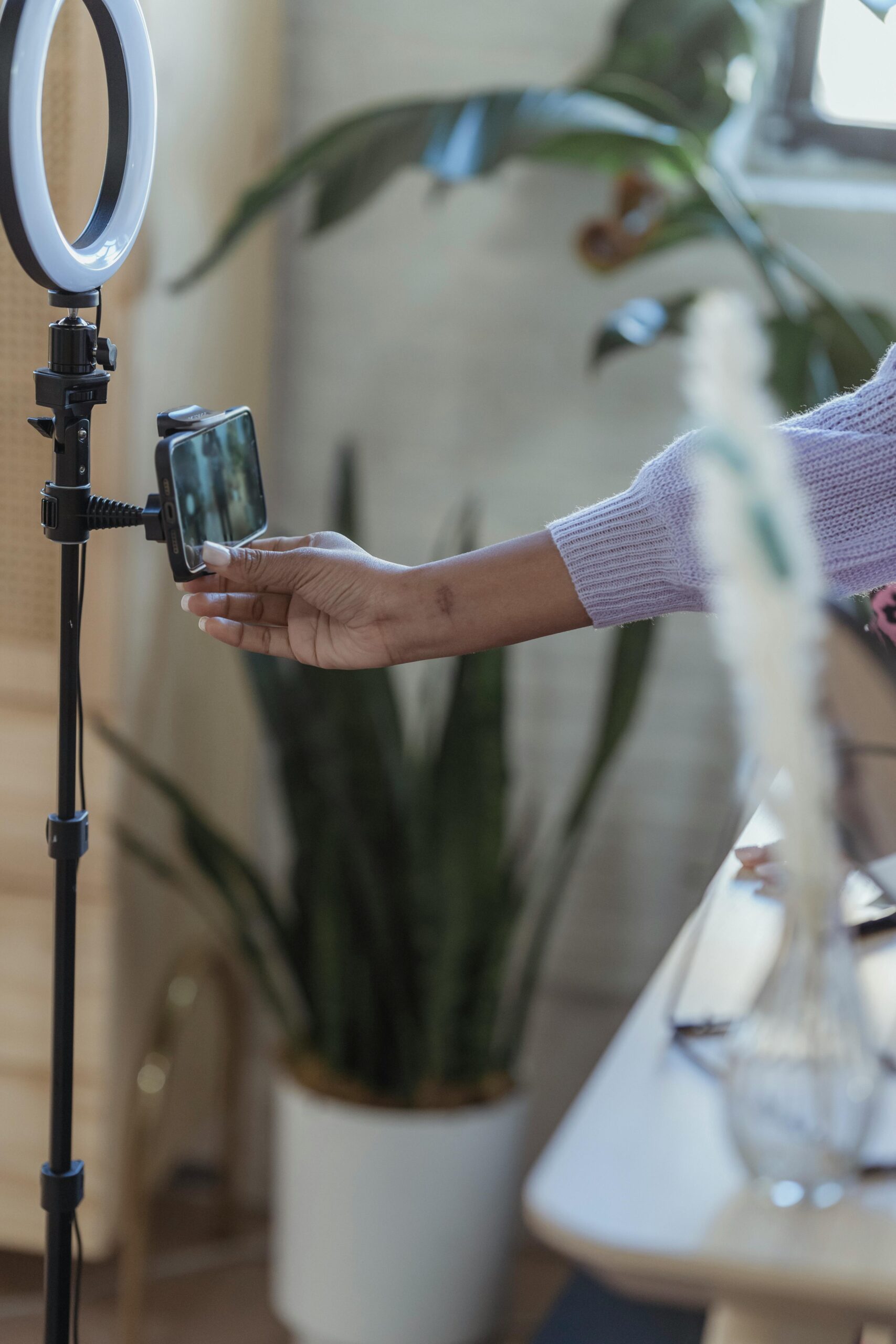
How to Leverage Video Content for Maximum Engagement in 2025
There’s perhaps no better way to prove that consumers are extremely attached to video content than the 14-hour TikTok ban in the U.S. in January 2025. People were crying, rioting, and generally losing their minds at the thought of losing their favorite app. Users prepared for the ban by downloading all their drafts, posts, and favorite videos from other creators. In the few hours the app was down, the ban was all anyone on other platforms could talk about.
So why did the shutdown of this app cause such a ruckus? Other platforms have video features where users can engage with similar content. Instagram has reels, YouTube has shorts, you can post videos on Facebook and X. You can live stream from Instagram, YouTube, and platforms like Twitch. Why was TikTok so close to the hearts of so many?
Many content creators on TikTok found their success during the pandemic and posted solely on TikTok. If they posted on other platforms, it was likely different types of content depending on the app. Many users posted short videos exclusively on TikTok, longer-form videos on YouTube, photos on Instagram, and any text commentary on X, Threads, or BlueSky.
One of the main changes this ban has brought about is the diversification of content on each platform. People started using reels and shorts to post their old TikToks or videos like the ones they would normally post to TikTok only. The main lesson we can learn here is that viewers crave video content more than anything else. Specifically with short-form videos and live streams, users can feel they’re forming a connection with content creators through increased opportunities for engagement and interaction.
The immediacy of a live stream lets viewers interact with their favorite creators in real-time. There’s a much higher chance creators will see your comment and answer your question while in a live stream than from a comment on a random post or a DM. This interaction is incredibly important to foster a connection and build brand loyalty. Obviously, when you’re presenting yourself as an individual and your personality is your brand, this connection is super important to garner a loyal following.
However, this interaction and engagement cannot be neglected by companies and businesses. We’ve talked about how important humanizing your company is in previous blogs, and we can’t stress it enough. In the current digital climate, we want human connection and interaction over fake, AI-like content.
Some of the best ways to create this real connection are through videos. As a medium, videos are more engaging than still photos simply because they move. A video draws the eye and captures fleeting attention more than a static image. So there’s the hook. Now, the focus has to shift to keeping people interested and engaged enough to watch more than a second of your video.
As the internet has become more and more ingrained in our lives, our attention spans have been shrinking. Staring at a screen and having the world at our fingertips, able to access anything of our wildest dreams at the click of a button, has decreased the amount of time a person can focus on a task or subject. Back in 2023, we were down to an average attention span of 47 seconds. With an average of two and a half minutes in 2004, and an average of 75 seconds in 2012, this number is shrinking quickly.
Maximizing engagement through videos has never been more important, so don’t get camera shy now! Just like a good story, your video has to get viewers invested enough to make them stay and keep watching. Similarly to how the most important and interesting part of an email should be above the fold, the beginning of your video has to be engaging and either get your point across quickly or capture viewers’ attention enough to make them stay long enough to get to the end.
You can do this by building suspense, telling a compelling story, showing something entertaining (like a cute animal or animation), or several other strategies. Think about your current audience and your target audience and determine what would keep them watching and engaged with your content.
Make sure there’s a way for your audience to connect and interact with you through the video. The more human connections you can create, the better. The most important aspect of video content is connection, mainly achieved by being genuine and letting your audience engage with you on a more personal level.



